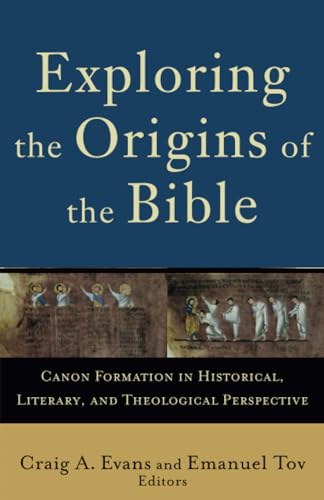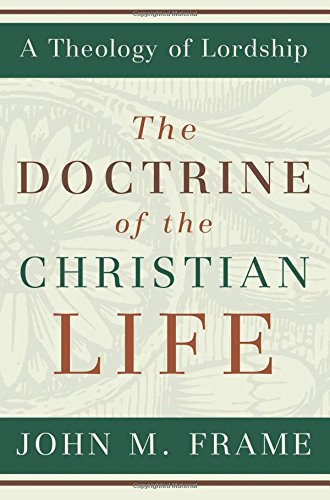The Immutability of God in the Theology of Hans Urs von Balthasar
Written by Gerard F. O’Hanlon Reviewed By Stephen M. GarrettA trend within contemporary studies on the doctrine of God has emerged over the last three decades, what Stanley Grenz calls “The Triumph of Relationality.” This turn toward relationality is an attempt by theologians like Jürgen Moltmann to safeguard God’s love and his immanent presence among and concern for his creation. These theologians believe that the classical notion of Christianity fails to do justice to the prevalent suffering and turmoil of the twentieth century thereby rendering the Gospel impotent in a modern world. Classical theism with its notions of God as the infinitely perfect being untouched (immutable) or unmoved by such suffering (impassible) is the culprit.
Gerard O’Hanlon provides us with a critical and integrative synopsis of one of the preeminent Roman Catholic theologians of the twentieth century, Hans Urs von Balthasar, who attempts to navigate through these deep doctrinal waters in order to respond to these criticisms. Balthasar does not respond, though, to the specific question of divine immutability or impassibility per se. He instead replies to these charges within the broader context of the God-world relationship, which is one reason why he arranges his trilogy—The Glory of the Lord, Theo-Drama, and Theo-Logic—not in typical systematic fashion, but rather in a symphonic approach that privileges God’s self-revelation in Christ to articulate God’s beauty, goodness, and truth. O’Hanlon’s purpose, then, “is to establish what Balthasar has to say concerning the immutability of God and to assess the validity of his position” within the compendium of Balthasar’s work without getting lost in the labyrinth of his thought (p. 6). A tall order indeed!
O’Hanlon contends that Balthasar’s position on divine immutability and hence impassibility rests on the notion of an eternal kenosis within the immanent Trinity. He cites Balthasar’s consideration of Phil 2:5–11 as the primary locus of the self-emptying of the eternal Logos, first by becoming incarnate and second by his subsequent death on the cross. As such, this second kenosis is contained within the first. It is this first kenosis that allows Balthasar to contend for some kind of “event” within the Godhead, “an event which consists in the loss of equality with God in respect of possession of the OT form of divine glory” (p. 12). How, though, can there be a sense of “loss” within the Godhead?
Balthasar defines this event within the Godhead, according to O’Hanlon, in terms of the intratrinitarian love between the Father, Son, and Spirit whereby the Father gives himself without remainder over to the Son. In doing so, the Son and the Spirit reciprocate this self-giving love by giving everything back to the Father. Such divestitures not only reveal the dynamic, self-giving nature of God’s love but also posit an infinite distance between the persons of the Godhead such that therein lies the possibility of all other earthly distances. As such, O’Hanlon maintains that Balthasar’s position on God’s immutability is “not merely to indicate [God’s] reliability, but more importantly to point to that perfect divine fullness of being which can yet be reconciled with the element of ‘ever-more,’ a reconcilability which is remotely hinted at in this understanding of trinitarian love” (pp. 132–33).
O’Hanlon attempts to prove his hypothesis, that this divine eternal kenosis is at the heart of Balthasar’s notion of divine immutability (chap. 4), by examining the incarnation (chap. 1), creation (chap. 2), and time and eternity (chap. 3) in relationship to God’s immutability. Chapter 1 details Balthasar’s navigation between those who univocally attribute mutability to God and the traditional philosophical understanding of divine immutability that posits a transcendent, static, and immovable God. O’Hanlon concludes this chapter with a sketch of Balthasar’s via media that proceeds from God’s self-revelation in Christ with its trinitarian presuppositions to the dramatic event of love in the eternal Godhead. Chapter 2 gives further reason as to why Balthasar posits such an event in God that stems from an analogical relationship between God and creation, highlighting the otherness and difference of the created order without compromising its unity. Chapter 3 surmises that time and eternity are not mutually exclusive but rather complementary so long as primacy rests with eternity understood as supra-temporality. O’Hanlon concludes his study by comparing Balthasar’s position to others (chap. 5) and offering a final assessment (chap. 6).
O’Hanlon’s criticisms of Balthasar do raise important concerns. He notes that, at times, Balthasar is imprecise and unclear, especially on matters of time and eternity. He attributes this imprecision, in part, to Balthasar’s “close association with the Christian tradition of spirituality,” although O’Hanlon believes that Balthasar’s commitments to critical exegesis and ecclesiastical tradition provide balance. O’Hanlon also suggests that Balthasar’s imprecision can be attributed to his lack of engagement with opposing viewpoints (e.g. process theism), which would bring his position into clearer focus. Finally, a sustained analysis of Balthasar’s use of Scripture is also needed to bring clarity and correction, I might add, to Balthasar’s views.
O’Hanlon’s brief account of Balthasar’s position is not only an apt rendering but also provides readers with a superb introduction that traces the thread of divine immutability through several aspects of Balthasar’s theology (i.e., Trinity, Christology, soteriology, creation, history of salvation, and eschatology). As such, O’Hanlon’s rendering of Balthasar raises important questions for evangelicals. For example, how are we to construe the God-world relationship? Are contemporary conceptions of classical theism in accord with the patristic fathers and medieval divines, or have the likes of Augustine, Anselm, and Aquinas been misrepresented? How does the trinitarian nature of God shape our understanding of his actions in the world and hence influence our conception of other doctrines (e.g., the nature of Scripture)? Evangelicals with their firm commitment to the authority of Scripture as well as their growing understanding of Church history should engage Balthasar, and O’Hanlon’s work is an excellent starting point.
Stephen M. Garrett
Stephen Garrett (PhD, Trinity Evangelical Divinity School) is lecturer in the Social Communications Institute at Vilnius Pedagogical University in Vilnius, Lithuania and Academic Fellow for the International Institute for Christian Studies.
Other Articles in this Issue
We begin with a question of translation. Many translations place a period after the word “conviction” in 1 Thess 1:5: “in power and in the Holy Spirit and with full conviction...
The Inexhaustible Fountain of All Good Things: Union with Christ in Calvin on Ephesians
by Lee GatissJuly 10, 2009 was the 500th birthday of the acclaimed French Reformer John Calvin...
The name of Martin Luther is perpetually linked to the doctrine of justification by faith alone...
Of the many questions currently surrounding the discussion about justification, the relationship between justification and spiritual fruit merits attention...
Every year a few students ask me my thoughts about whether they should pursue doctoral studies and I respond with what has come to be known as ‘The Speech...







